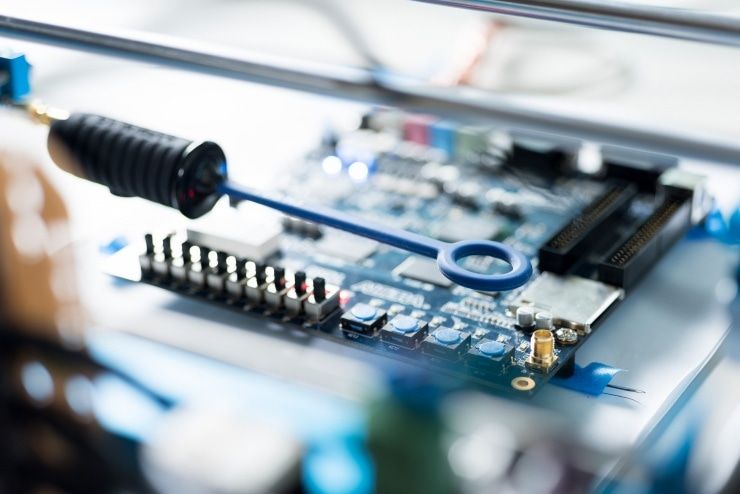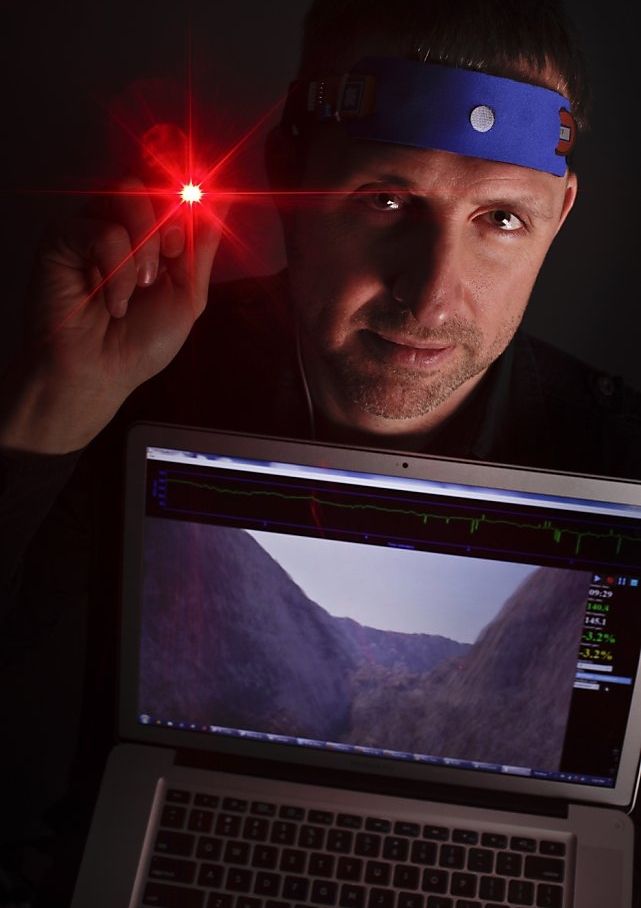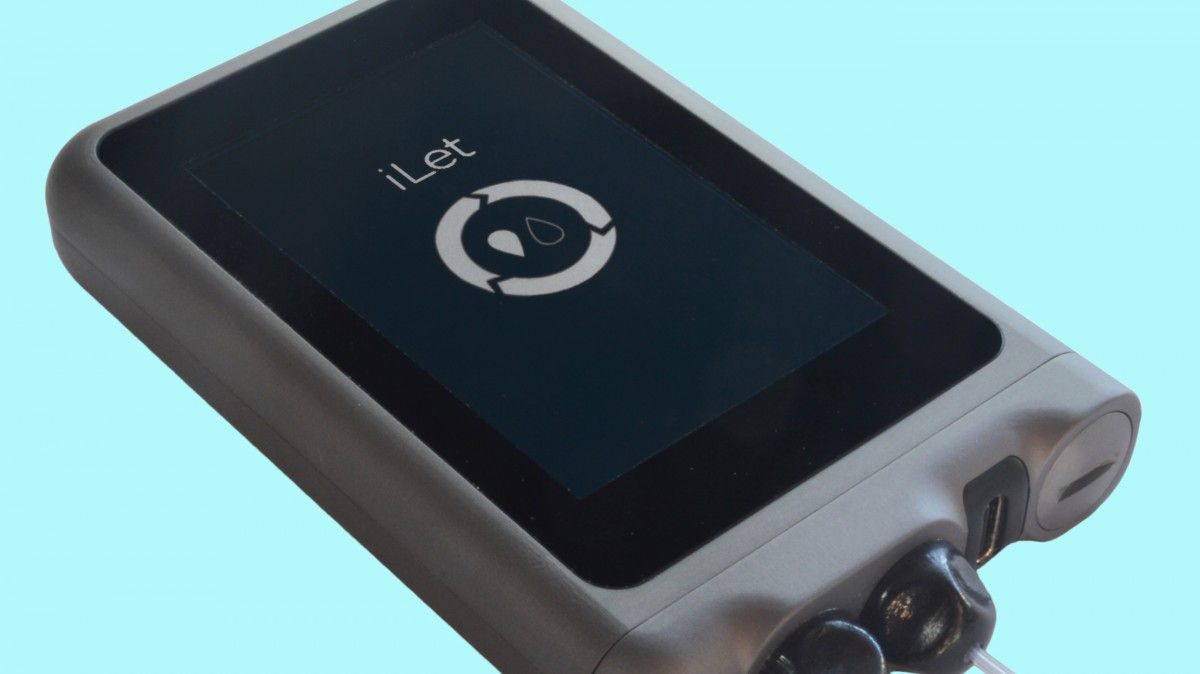This article is hilarious! If Google ever becomes obsolete it will do so because a new tech player with new technology took over. Too say the world will collapse or panic will happen is not reality. Anyone who remembers DEC/ Digital Corporation, WANG, etc. will tell you that a tech company often becomes obsolete when the masses / users drop the company’s tech for another competitor; and this process typically takes a few years of decline when it happens.
In this time of the internet when we have a vast amount of information available that we can easily Google to find out. This search engine has proven itself to be the most efficient tool for the entire humanity. But imagine what will happen if Google becomes obsolete or shuts down entirely at some point in the future.
Considering all the vast ranges of functionalities Google can perform, I believe the aftermath will be devastating. In fact, Google did shut down once, for a few minutes and the whole world turned upside-down.
No more searches on Google
For me, I literally google anything that I do not know, and I am sure there are plenty of users who do the same. Therefore, if Google becomes dysfunctional the whole world will turn into a supermassive blackhole (that’s right, it’s Muse).








